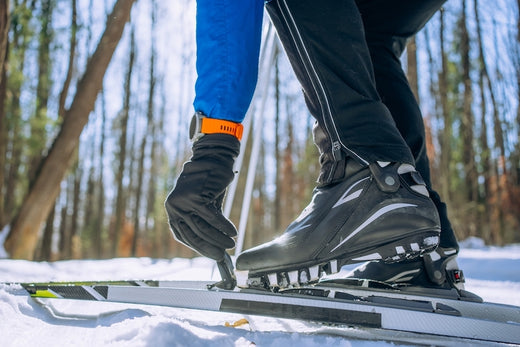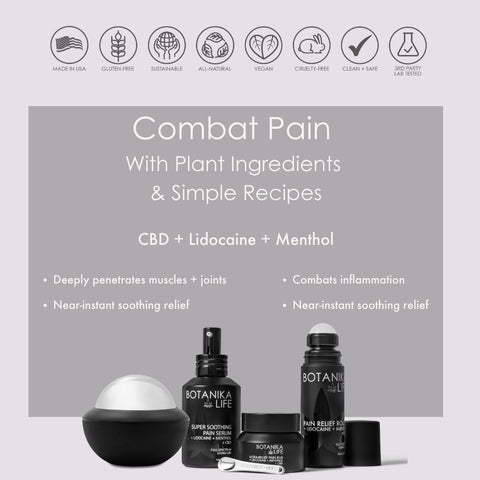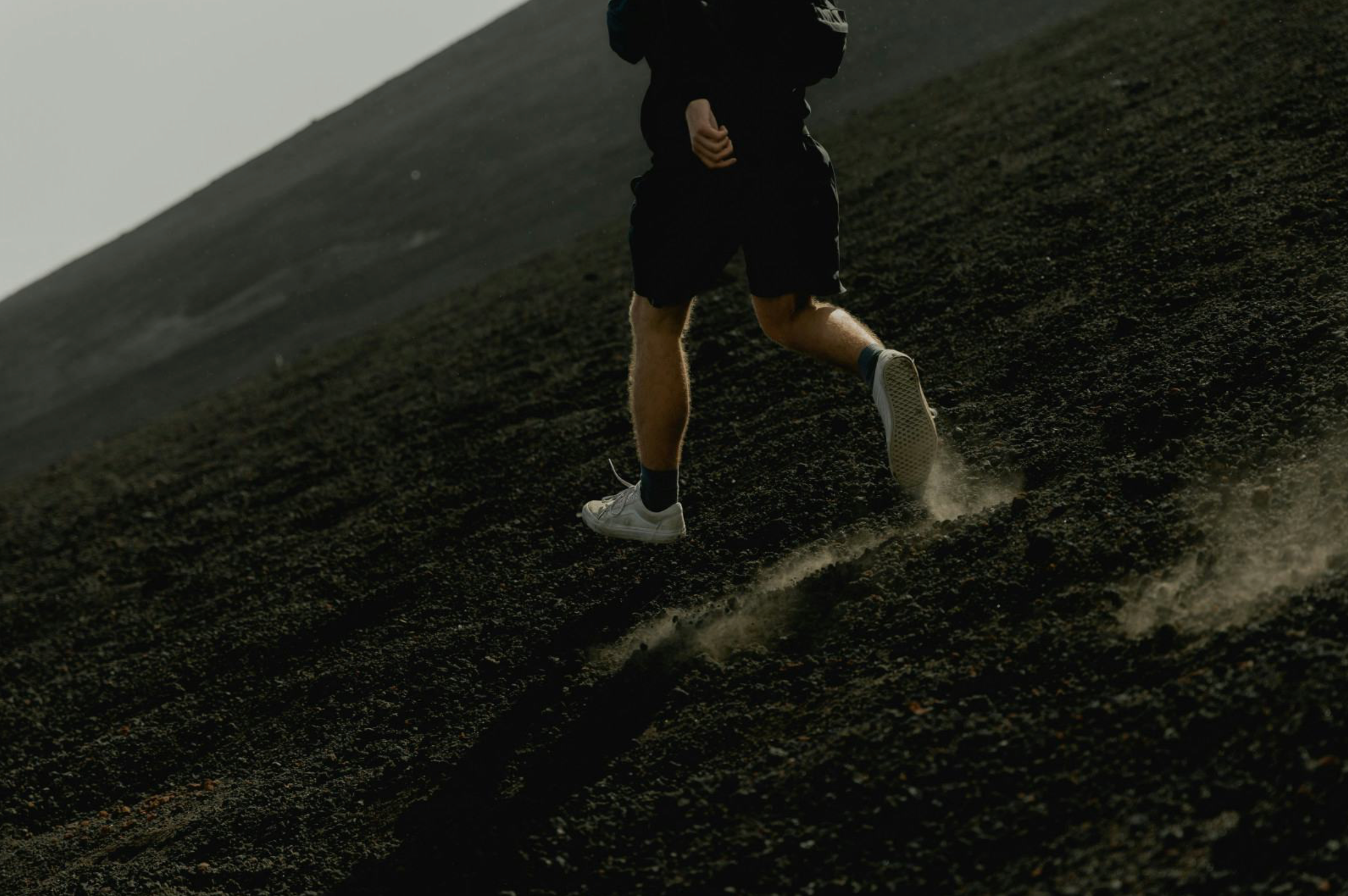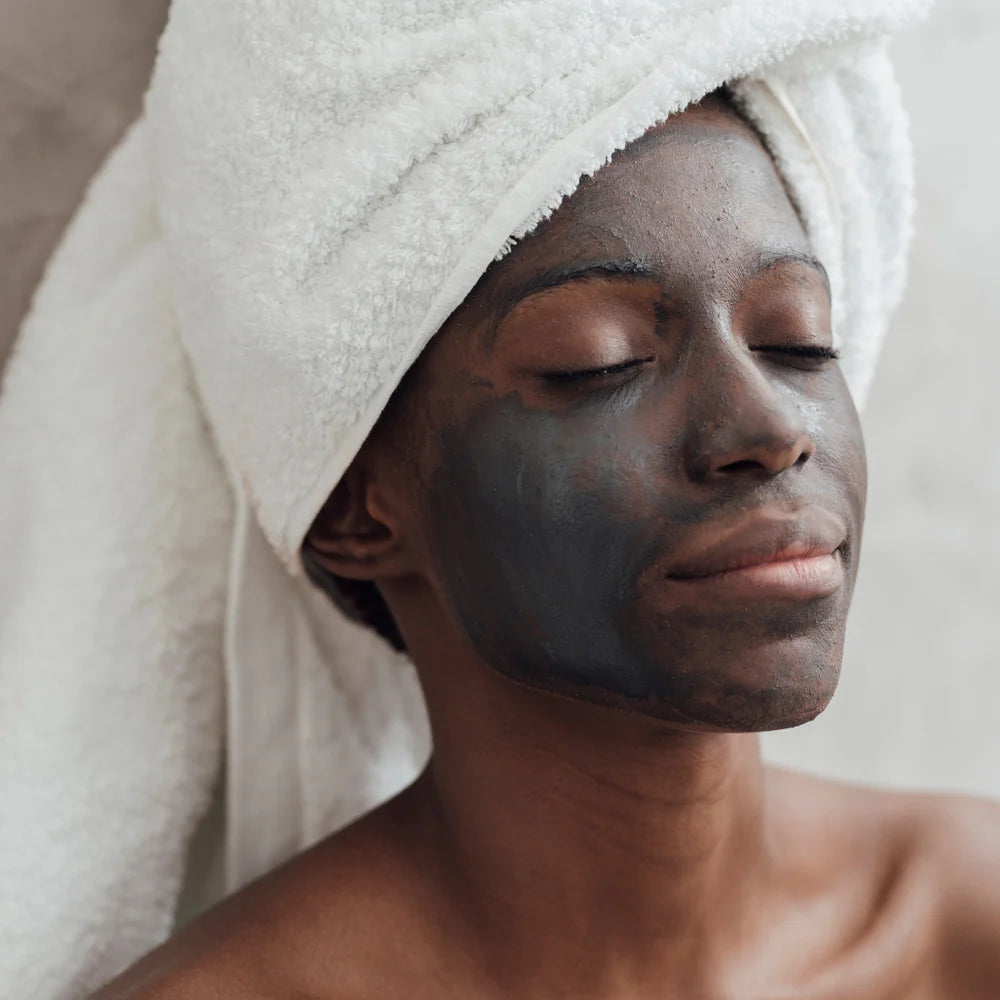
Soreness After Skiing & Snowboarding—How to Soothe Calves & Muscles
Whether you're a newbie or a seasoned pro, hitting the slopes can leave skiers and snowboarders with a decent amount of soreness and muscle pain. Discovering muscles you never knew existed after a day on the slopes is typical, but that soreness might slow you down when you’re ready to get back into action the next day.
To prevent calf pain from snowboarding or shin soreness from skiing, you need to take steps before and after the season, not just on the day you hit the slopes. The good news is that easing sore calves and muscles doesn’t have to be time-consuming. Simple, basic actions can help prepare you for the next ski season!
Common Reasons Calf Muscles May be Sore Because of Skiing
It seems obvious that skiing and snowboarding, although a ton of fun, often cause intense soreness in the calves. However, the underlying reasons for the pain aren’t quite as overt; understanding the specific causes of sore calves and shins can help you better configure a plan for minimizing pain during or after skiing.
Muscle overuse, specifically of the legs, is one of the main contributors to stiffness and tightness after a day on the slopes. While skiing, the calves are stretched in a flex position for an extended period, causing pressure that is unnatural for most people if they aren’t avid skiers. Your legs use each and every muscle to turn the skis, even if it doesn't always seem strenuous; the repetitive motion alone can cause soreness.
For snowboarders, the constant up-and-down movements and the forward and backward shifts when turning and stopping put extra strain on the lower legs, engaging every muscle along the way.
Even though skiing and snowboarding are fun and popular sports, they are also intense workouts and can cause inflammation from muscle tears and overuse. Because of this, muscle soreness and pain, especially in the calves, shins, Achilles, and hamstrings, are all too common after spending a day on the slopes.
Dehydration is another common contributor to muscle cramps and discomfort while snowboarding or skiing. Without proper hydration, including enough electrolytes, your muscles can’t work at their maximum capacity, which is definitely necessary for this sport.
How to Alleviate Sore Calves & Muscles After Skiing or Snowboarding
R.I.C.E
The R.I.C.E. method is a simple at-home technique that helps reduce swelling and soreness while speeding up healing. Rest, Ice, Compression, and Elevation start with the first step after a strenuous day of skiing or snowboarding - rest. If you struggle with sore calves after snowboarding or skiing, staying off your legs and resting during the first two days is ideal, especially if you feel you might have a muscle tear or sprain.
Step 2 includes icing the impacted area. Apply an ice pack over a light towel for 15-20 minutes every 2-3 hours during the first 24-48 hours after your injury or for sore muscles to reduce swelling. An additional inflammation-fighting tool that can help with muscle soreness is a cryo massage ball, which combines the power of cold therapy and massage into one.
Next up comes compression, aka wrapping the injured area with an elastic medical bandage (such as an ACE bandage) to prevent further swelling. Make sure not to wrap your leg or calf too tight, as this will inhibit blood flow. Finally, elevate the sore area above the level of your heart to reduce swelling and discomfort.
Self-massage with pain-alleviating cream or balm
When your calf muscles hurt after skiing or snowboarding, massaging the sore muscles can help alleviate pain and work out any knots or tightness you may have. Massaging sore muscles helps break up lactic acid, which is a main contributor to muscle pain after activity.
Adding a pain-relieving cream or balm with ingredients such as lidocaine, menthol, and CBD only makes the massage more potent and fast-acting in relieving pain and decreasing inflammation. When topical pain creams are placed on the sore area, they are instantly absorbed through your skin and can offer an instant feeling of relief. For an on-the-go option you can take with you while hitting the slopes, check out this travel-size pain relief roll-on.
CBD-enriching bath
Heat therapy is another go-to method for treating sore muscles. Adding a CBD bath bomb to a warm tub can be just the restorative experience you need to soothe your mind and body after a long day skiing.
CBD-enriched baths leverage this plant-based ingredient to reduce inflammation and muscle soreness while assisting in relaxing your body and preparing you for mental rest. Infused with organic CBD and a blend of natural oils, bath bombs are a great way to end your day after hitting the slopes.
Specific stretches
If you are gearing up to hit the slopes, spending 5-10 minutes on pre-ski stretches like the ones below can make a big difference. Warming up your body before skiing or snowboarding helps you avoid unnecessary discomfort, reduces the risk of injury, and boosts your flexibility and performance.
Work on stretches that stabilize the foot and knee and then move to calf-focused training. Start with dynamic stretching, which is an active movement that warms up the body and prepares the muscles, ligaments, and joints for the work they are about to do.
Here are a few pre-ski and snowboarding stretches to try:
Active Hip Rotations: Stand with your hands on your hips and feet shoulder-width apart. Lift one knee to the height of your waist and bend it at a 90-degree angle. Rotate your knee through the hip, out to the side, and back to the front. Place your foot back on the ground and repeat on the other side. If you need help balancing, place your hands on a wall or chair during this exercise.
Low Lunge: Step one foot forward into a lunge, keeping your foot directly under your knee to create a vertical line along the shin. Keep your back leg straight. Repeat on your other leg, moving from one to the other.
Leg Swings: Using a wall or counter for balance, swing one leg forward and backward while keeping your hips square and your core muscles tight. Repeat on the other side.
Post-skiing and snowboarding stretches are equally important to help avoid soreness and muscle pain. The stretches you do after a strenuous day on the slopes should include static stretching, which requires moving a specific muscle to the end of its range of motion and maintaining that position for 20 to 45 seconds, repeating 2 to 3 times each.
Here are a few post-ski and snowboarding stretches to try:
Calf Stretch: While holding onto a wall for support, place one leg behind you and slightly lean forward, bending both knees while keeping both heels on the floor. Hold and repeat on the other side.
Static Standing Quadriceps Stretch: Stand with feet together while bending one leg; keep your spine straight and chest up as you pull your leg towards your butt. Hold and repeat on the other leg.
How to Help Prevent Soreness From Skiing and Snowboarding
Strength exercises
Before you head for the mountains, keep in mind that your pre-season workouts and strength training can greatly impact post-snow repercussions, such as calf pain.
One of the best ways to treat sore legs from skiing or snowboarding actually happens in the offseason. If your pre-season workout includes strength exercises that mirror the repetitive nature of skiing and snowboarding, you will be less likely to suffer from soreness or pain after hitting the slopes.
Strength exercises with high repetitions, such as squats and squat jumps, are great additions to a pre-ski workout. Adding deadlifts to your workouts can strengthen your hamstrings, glutes, lower back, and core, which can help with the stability and core strength needed in skiing and snowboarding. In addition, doing calf raises will help strengthen your calves, training your muscles to better absorb the impact of landings and quick direction changes while you hit the slopes.
Stay hydrated throughout the day
Most people know that exercise can lead to dehydration, but did you know that exposure to harsh weather conditions can also cause your body to lose liquids?
Staying hydrated before, during, and after snowboarding or skiing helps prevent muscle cramps and alleviate soreness after a day on the slopes. Staying hydrated is especially important at high elevations, where your body has to work harder than normal to function.
At high altitudes, your body loses water faster, and when you add intense activity like skiing or snowboarding to the mix, your body can get dehydrated even more quickly. To avoid feeling drained and causing muscle soreness, it is important to keep drinking fluids throughout the day while on the slopes. Adding electrolytes is also a great way to stay energized and fight off muscle fatigue.
Beginner or intermediate? Work with an instructor to improve your form
Whether you are a beginner or at an intermediate level, working with an instructor can be incredibly beneficial in reducing soreness from skiing or snowboarding. Proper form is integral in minimizing strain on your muscles and joints and can help decrease soreness after a day on the slopes.
An instructor can help you refine your technique, making your movements more efficient and less taxing on your body. This can not only enhance your performance but also help prevent overuse, which can cause injury.
Another tip to remember before hitting the slopes is not to overstate your skill level when renting or buying ski or snowboard equipment. Make sure you get equipment that is safe for you and your current ability level.
Consider whether or not you have the right ski boots
Experiencing some calf pain after skiing is to be expected, but if your shins or calves hurt more than they should, you may want to evaluate the fit or style of your boots. To ensure you have the best fit possible when it comes to ski or snowboard boots, get fitted by a professional who can assess your stance and find the best fit for you.
One of the biggest causes of calf discomfort while skiing is insufficient space in the boot. If the size of your boot is off, or the flex of your ankle is limited, you may not be angled properly in your ski boots, which can also cause calves to be sore after skiing. In this situation, adding a heel lift to your ski boots can relieve tension in the calves and under the forefoot, the front part of the boot where your toes and the ball of your foot are located.
Signs Your Calf and Muscle Soreness May Need Medical Attention
Although calf pain is very common after snowboarding and skiing, it is essential to contact a doctor if you notice any of the following symptoms: significant discoloration in your leg, feet, or toes (such as very pale or bluish skin), difficulty moving or walking, severe or sudden calf pain, and swelling in your calf or lower leg. These symptoms can indicate more serious issues, such as blood vessel problems, which need immediate medical attention.
Don’t Let Soreness Hold You Back From What You Love – Shop Botanika Life
Botanika Life offers a CBD pain collection to help you recover, relax, and help your aching joints and muscles. CBD interreacts with your body's endocannabinoid system, regulating important bodily functions such as pain and sleep.

CBD pain products are ideal for quickly and effectively targeting specific locations, making relief from sore muscles easy after a day of skiing or snowboarding. CBD pain cream can be applied to your shins after skiing or Achilles pain due to ski boots, attacking your discomfort at its source with lidocaine, menthol, CBD, and other anti-inflammatory properties.

By Emily Wegener
With a unique background as an Integrative Nutrition Health Coach, Masters Degree in Teaching and experience in Psychology, Emily spends much of her time researching and trying out new holistic healing modalities.


